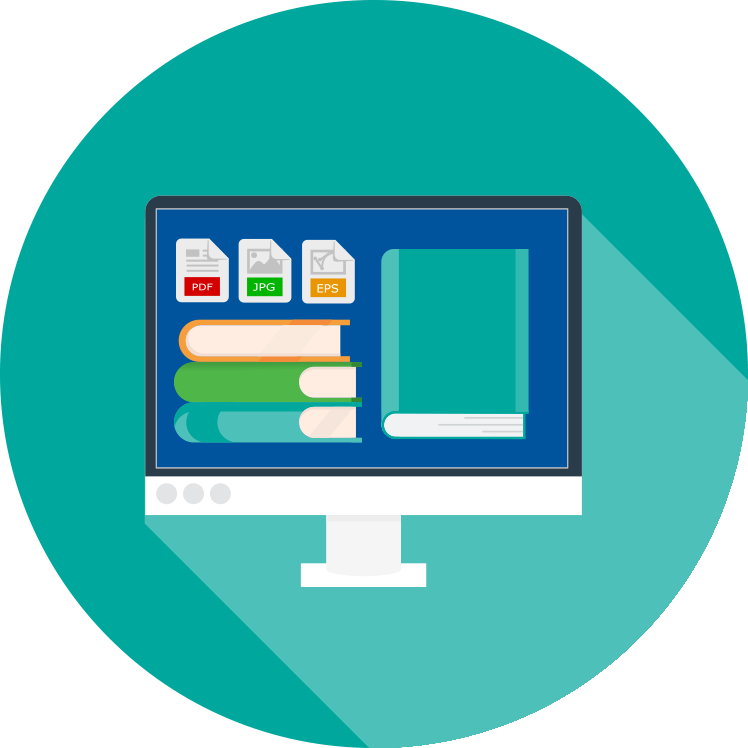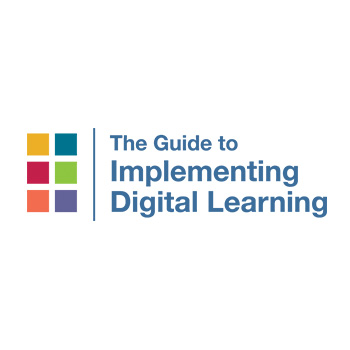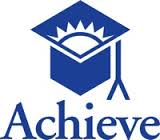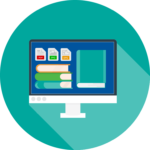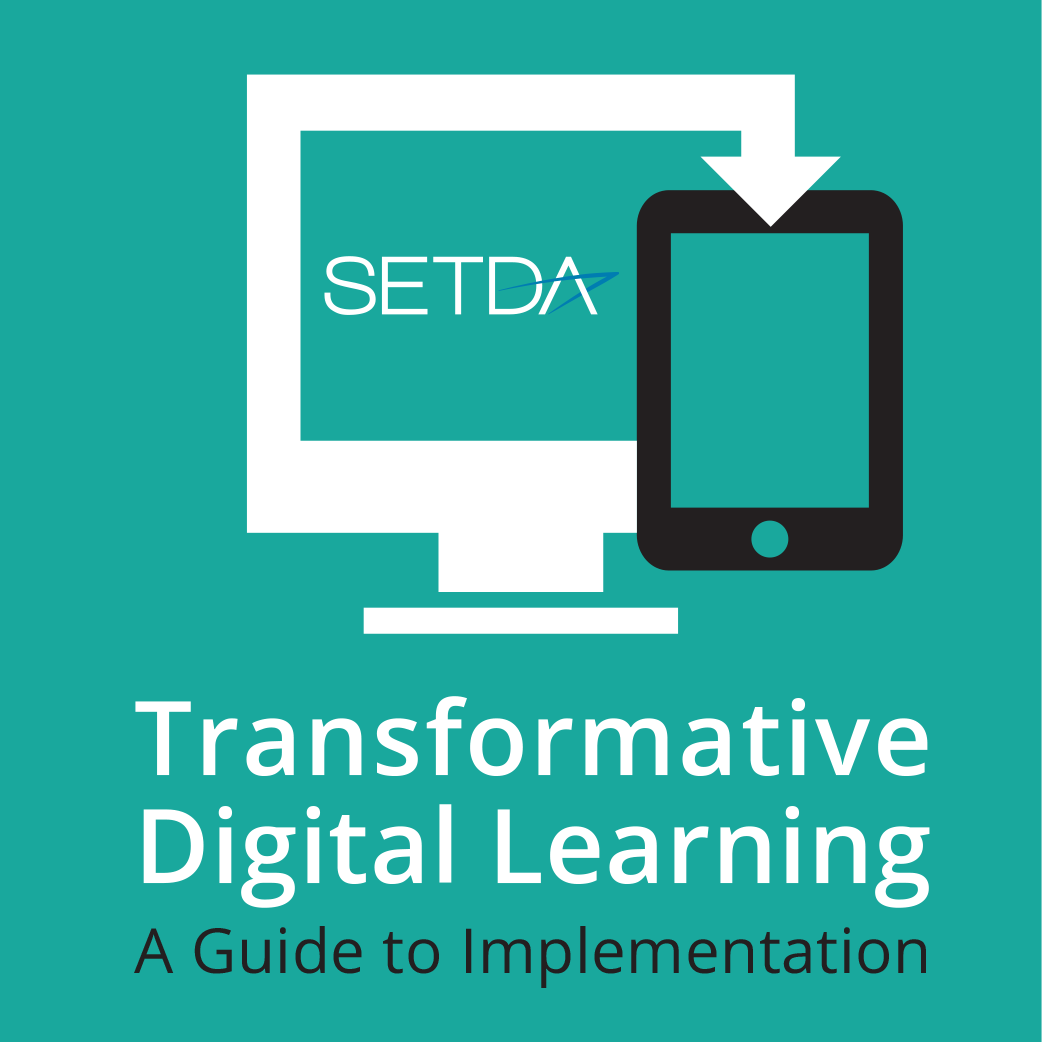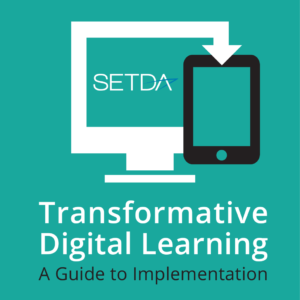OER
Open Educational Resources (OER) include e-textbooks, videos, animation, rubrics, simulations, assessments, and any other tools that support teaching and learning. In general, OER are in the public domain, open, free, and may be used and modified. Specific definitions from SETDA, The William and Flora Hewlett Foundation, and UNESCO are in
SETDA’s Quality Content Guide.
With appropriate licensing, OER can have a significant impact on teaching and learning. Teachers using OER are able to find free materials appropriately licensed and then choose materials from various sources to meet the needs of their students. In some cases, teachers may wish to change the OER to create a new resource and share that resources with others. Students can also create OER to share with their peers. When using OER, states, districts, schools, educators, and students need to have a basic understanding of the copyright and licensing laws.
Copyright
Refers to the ownership of intellectual property. Copyright automatically attaches to the author when work is created. Work is any form of expression that reflects minimal creativity by the author including lesson plans, animations, and rubrics.
Licensing
Refers to permission for others to use or to share this intellectual property without the copyright owner relinquishing its ownership.
Learn more about OER in SETDA’s Quality Content Guide, including locating, remixing, creating and curating OER. You can also find out more about #GoOpen.


 The
The 